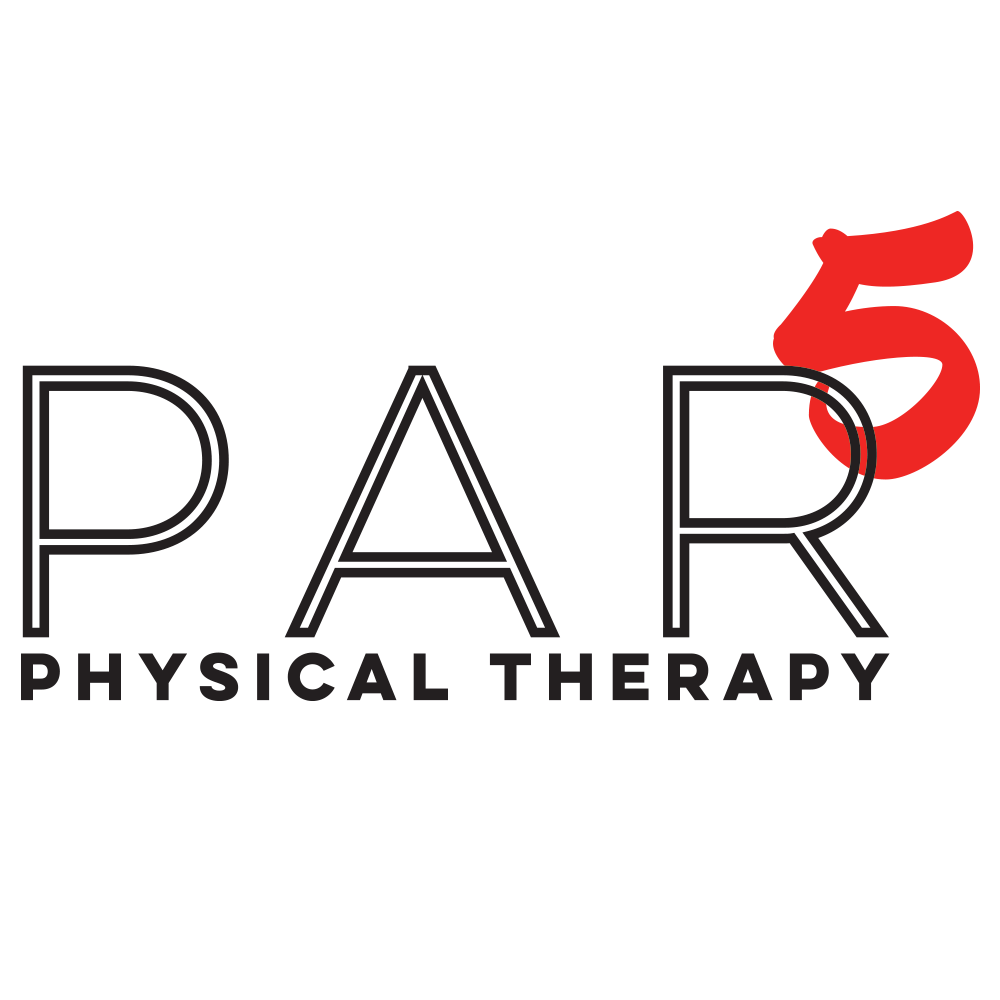Roll and Recovery Series: Ankle and Foot Recovery
The ankle and foot are often neglected parts of the body when it comes to recovery. We wear shoes and seldom allow our feet to function freely and interact with the ground. The ankle can get tight and any loss of ankle mobility affects how the rest of the body moves.
The most common issue I see is loss of ankle dorsiflexion. This is when you pull your toes towards you, like when you try walking only on your heels. When the ankle loses this range of motion, the foot often becomes flat, loses its arch and a bunion may form. Maintaining good ankle mobility allows the foot to function as a stable platform for the leg and the rest of the body to move on.
We start with a self soft tissue mobilization of the bottom of your foot, the plantar fascia. This dense connective tissue can become tight and short if not stretched frequently. After all, we use our feet everyday and giving them 3-5 minutes of care will go a long way.
Start slowly and apply as much pressure as you can tolerate. Sitting is a good position to start with, but you can progress to standing which will increase the intensity of the mobilization. Don’t forget to work on the toes with the lacrosse ball and with your hands, using the fingers to separate the toes and stretch out the joints. This can help prevent a bunion from forming or getting worse and also address any neuromas you might have.
Finally, stand up and use a wall or door jamb to mobilize the ankle joint. Place your foot as high on the wall as you can with your heel stabilized on the ground. Don’t move your heel and only move your knee forward and backward. Make sure you move your knee towards the outside of your foot so you protect the knee joint and don’t collapse the arch of your foot.
Do each step for 2 minutes and you’ll avoid foot and ankle pain, and even reduce your risk of flat arches.
